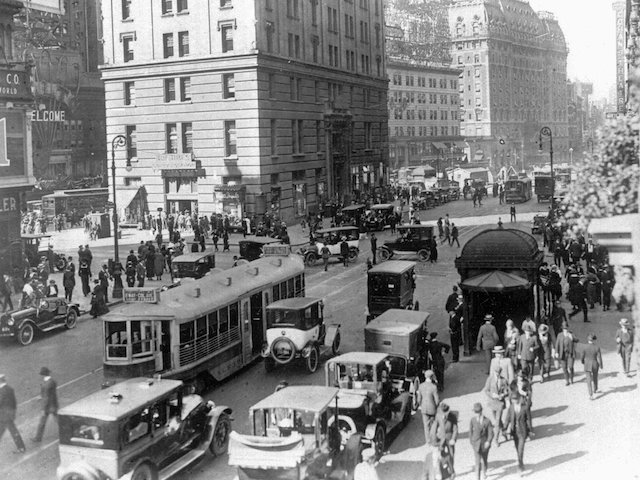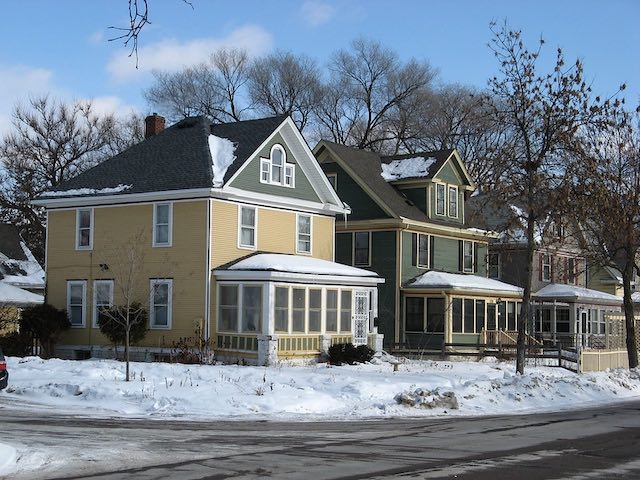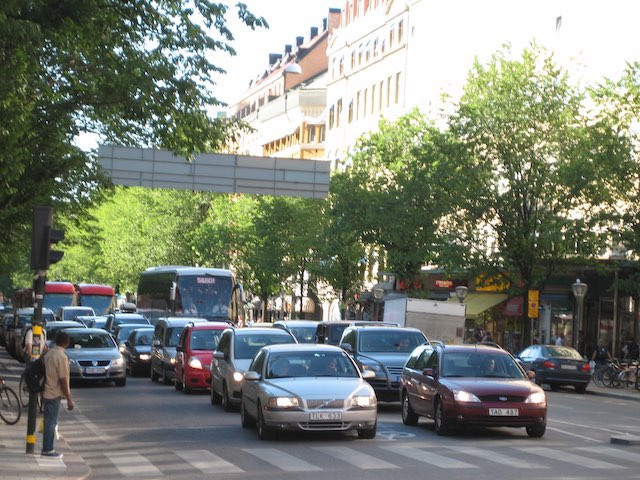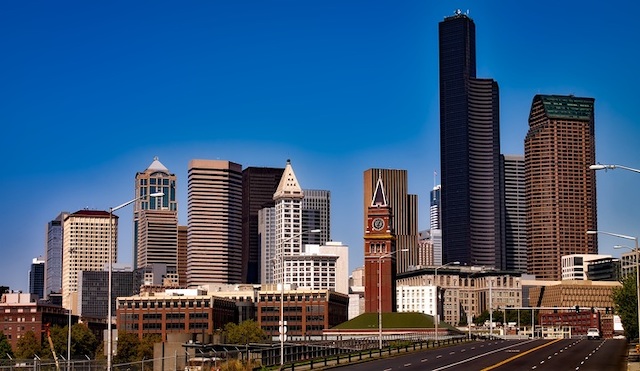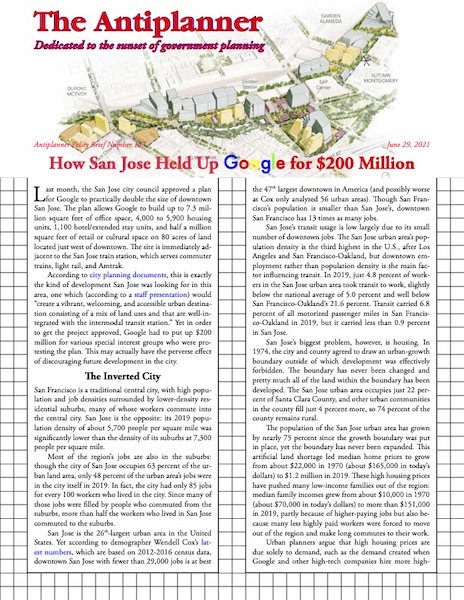Emily Badger, who is fast becoming the Antiplanner’s favorite writer at the New York Times, has an article this week about how cities are trying not to be like certain other cities. Seattle doesn’t want to be like San Francisco; San Francisco doesn’t want to be like Manhattan. Kansas City doesn’t want to be like Denver.
“You don’t want to become Manhattan (too dense), Portland (too twee), Boston (too expensive), Seattle (too tech-y), Houston (too sprawling), Los Angeles (too congested), Las Vegas (too speculative), Chicago (too indebted),” says Badger. Too bad she had to spoil it by including Houston, which (as she pointed out in a previous article) many people think is the model other big cities should follow.
Part of the problem is that people just don’t like big cities. The same Gallup poll that found that more Americans of all age groups would rather live in rural areas than big cities also found that more Americans of all age classes would rather live in a suburb of a big city than in a big city itself, and that more Americans of all age classes except 18-29 year olds would rather live in a small town than a big city (and among 18-29 year olds the difference was only 1 percent). People dislike big cities because they tend to be more congested, impersonal, and crime-ridden than small cities or suburbs. Continue reading →

